How to Pack Plants for Moving: Keep Your Greenery Safe
Moving with plants requires special care and planning to keep your green companions healthy during the transition to a new home. Unlike other household items, plants are living organisms that require proper handling, adequate lighting, and suitable temperature conditions to survive a move. Whether you're working with
comprehensive movers or handling the relocation yourself, understanding how to prepare properly and transport plants makes the difference between thriving greenery and stressed or damaged vegetation. This guide walks you through each step of the plant-moving process, from preparation and packing to safe transport techniques that protect your investment in your garden.
Gather Necessary Supplies
Let's ensure we have all the necessary supplies ready before we begin packing plants for the move. To provide a smooth process, we will need sturdy moving boxes in various sizes to accommodate different plant sizes. Bubble wrap or packing paper will be important to protect delicate leaves and branches. Packing tape is essential for securing boxes and preventing them from shifting during transportation. Having a marker for labeling the boxes with the plant names will aid in organizing and unpacking at the new location. Finally, having a pair of gardening gloves will help handle prickly plants or those with sharp edges. By having these supplies ready, we can provide a successful and safe plant-moving process.
Prune and Prepare Plants
Before packing your plants for the move, it is important to prune and prepare them to protect their health and safety during transportation. Begin by trimming any dead, damaged, or diseased leaves, stems, or flowers. This not only makes the plant more compact for packing but also promotes new growth after the move. Remove any pests by gently washing the plant with a mild soap solution and inspecting the undersides of the leaves. For tall plants, consider taking them to prevent breakage during transit. Water the plants a few days before the move to make sure they are hydrated but not overly wet. By taking these steps, you set your plants up for a successful journey to their new home.
Secure Pot and Soil
To ensure the safe transportation of your plants during the move, it is essential to pack both the pot and the soil securely. Begin by choosing sturdy pots that are not easily breakable during handling. Ensure the soil is moist but not soggy to prevent it from shifting excessively during transport. To secure the soil, consider using a layer of sphagnum moss on top or wrapping the pot with plastic wrap to keep everything in place. For larger plants, add extra support by placing stakes around the base of the plant in the soil. By taking these precautions, you can minimize the risk of soil spilling out or the pot getting damaged while your plants are in transit.
Wrap and Protect Foliage
We can protect the foliage of your plants by wrapping them carefully to prevent damage during the move. Start by gently gathering the leaves together and wrapping them in soft, breathable materials, such as tissue paper or bubble wrap. Secure the wrapping with tape, ensuring it's snug but not too tight to prevent damage to the leaves. For larger plants, consider using plant sleeves or bags to cover the foliage completely. This extra layer of protection can prevent any accidental tearing or breakage during transportation. Remember to avoid wrapping plants too tightly, as this can restrict airflow and cause damage to the plant. By taking these steps to wrap and protect the foliage, your plants will arrive at their new destination in top condition.
Label and Transport Carefully
Proper labeling and careful transportation are important steps in providing the safe relocation of your plants. When labeling, be specific about the plant type, its light and water requirements, and any special care instructions. This information will help movers handle your plants correctly. Use waterproof markers or labels to prevent smudging. Transport plants in a well-ventilated area of your vehicle, securing them in place to avoid tipping over during the journey. Avoid exposing plants to extreme temperatures or direct sunlight for prolonged periods. If the move is long-distance, consider using a climate-controlled vehicle to ensure your belongings remain protected. Check on your plants regularly during transit to make sure they are doing well. By labeling and transporting your plants with care, you can increase their chances of arriving at your new home healthy and thriving.
Related Topics:
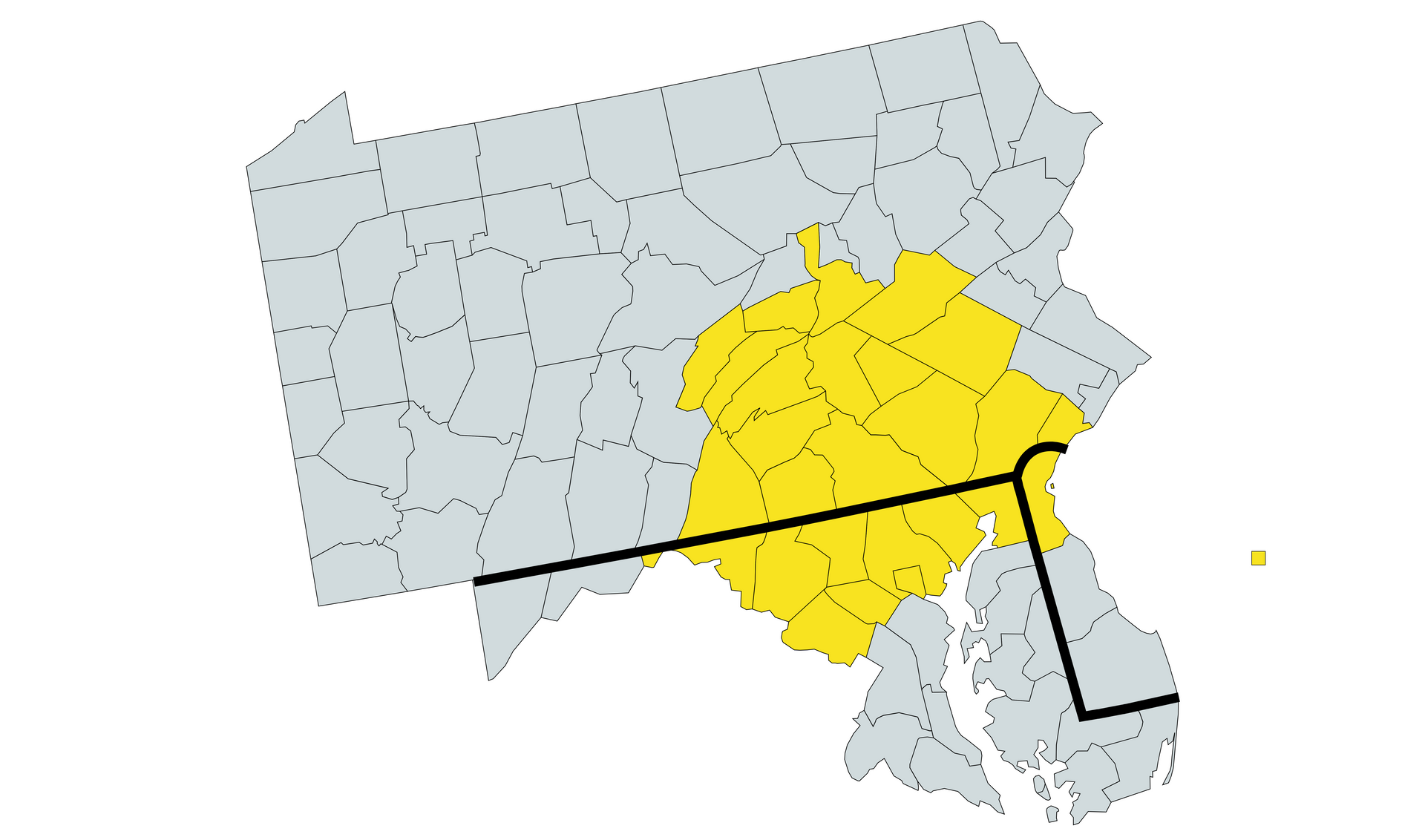

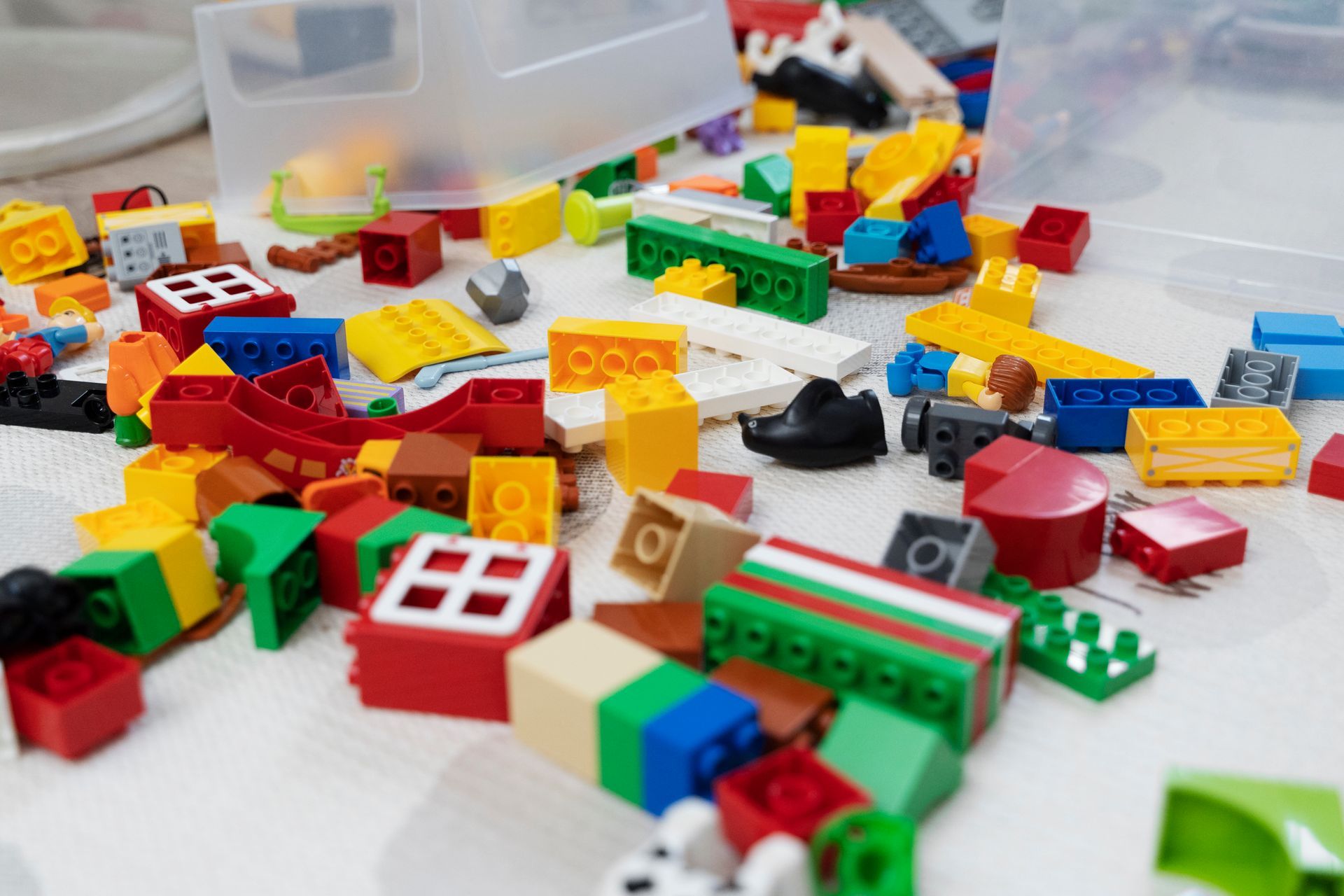
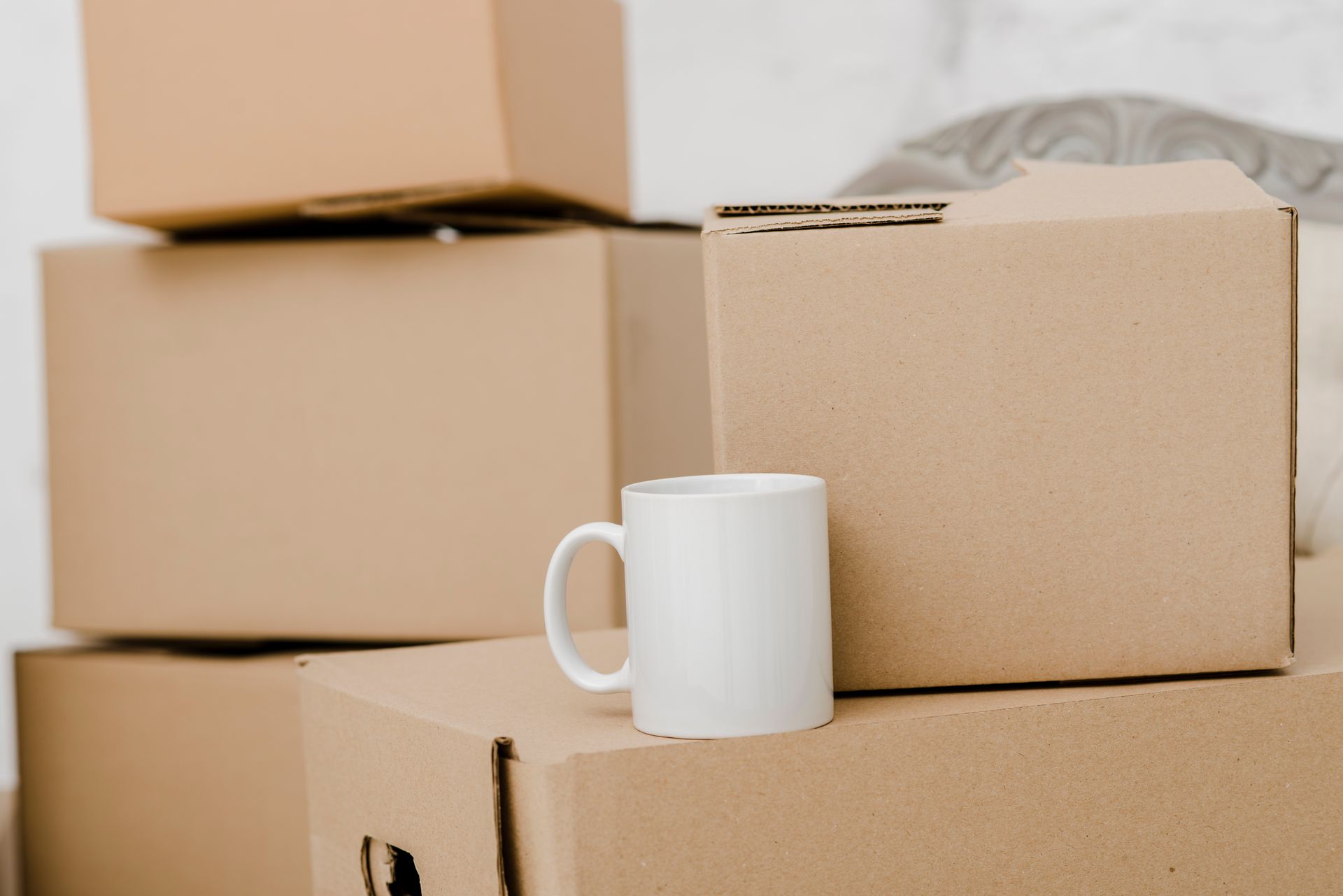
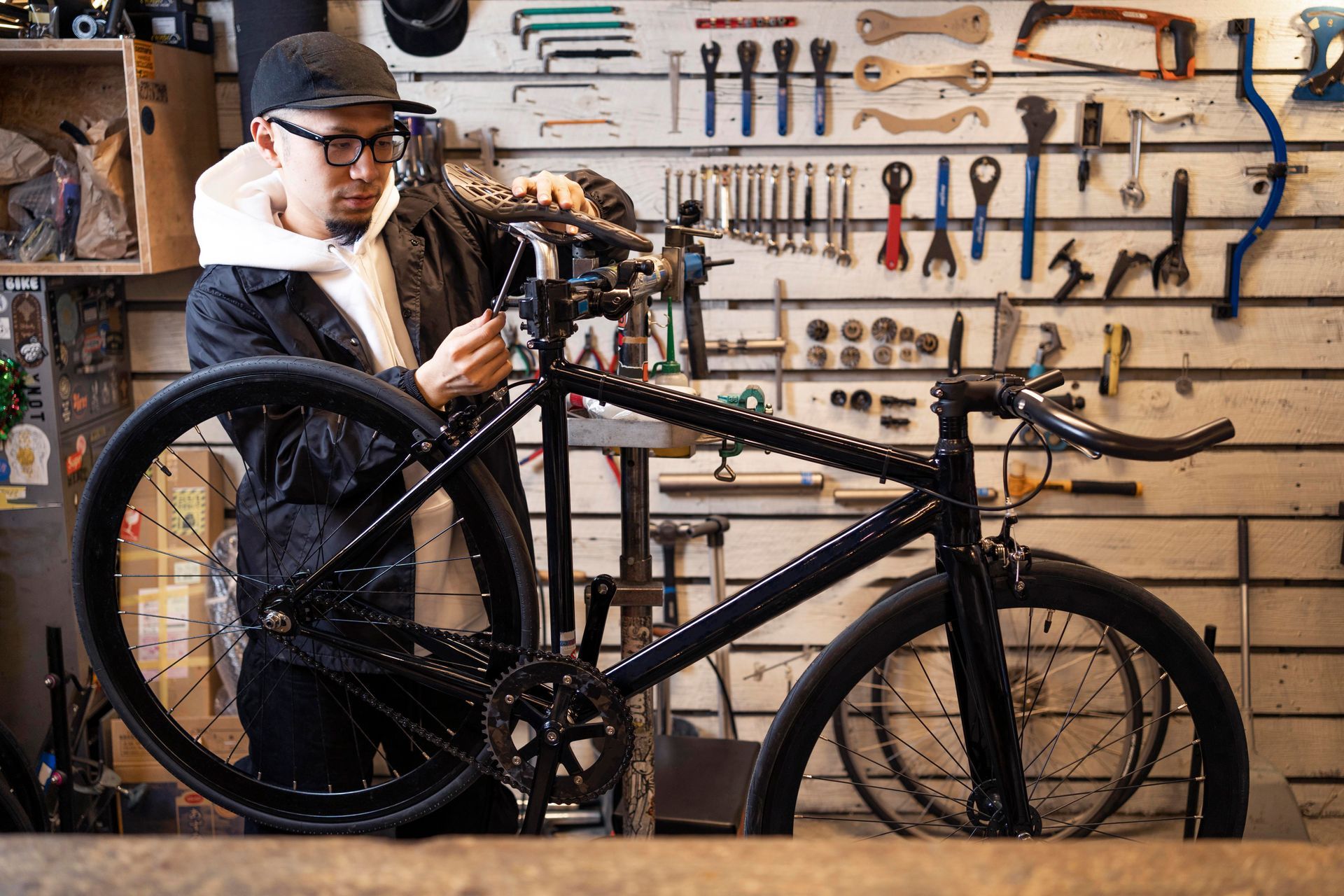
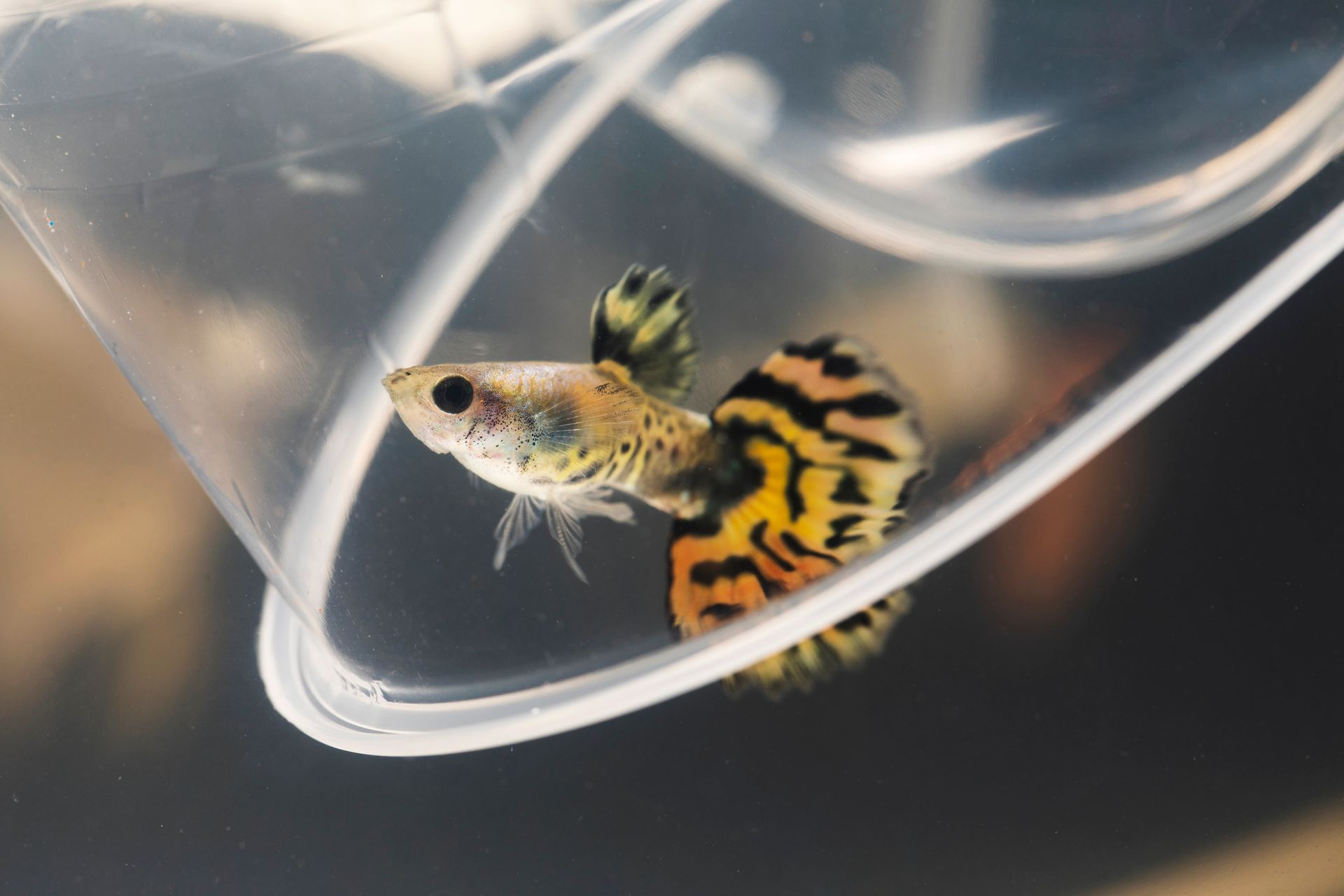
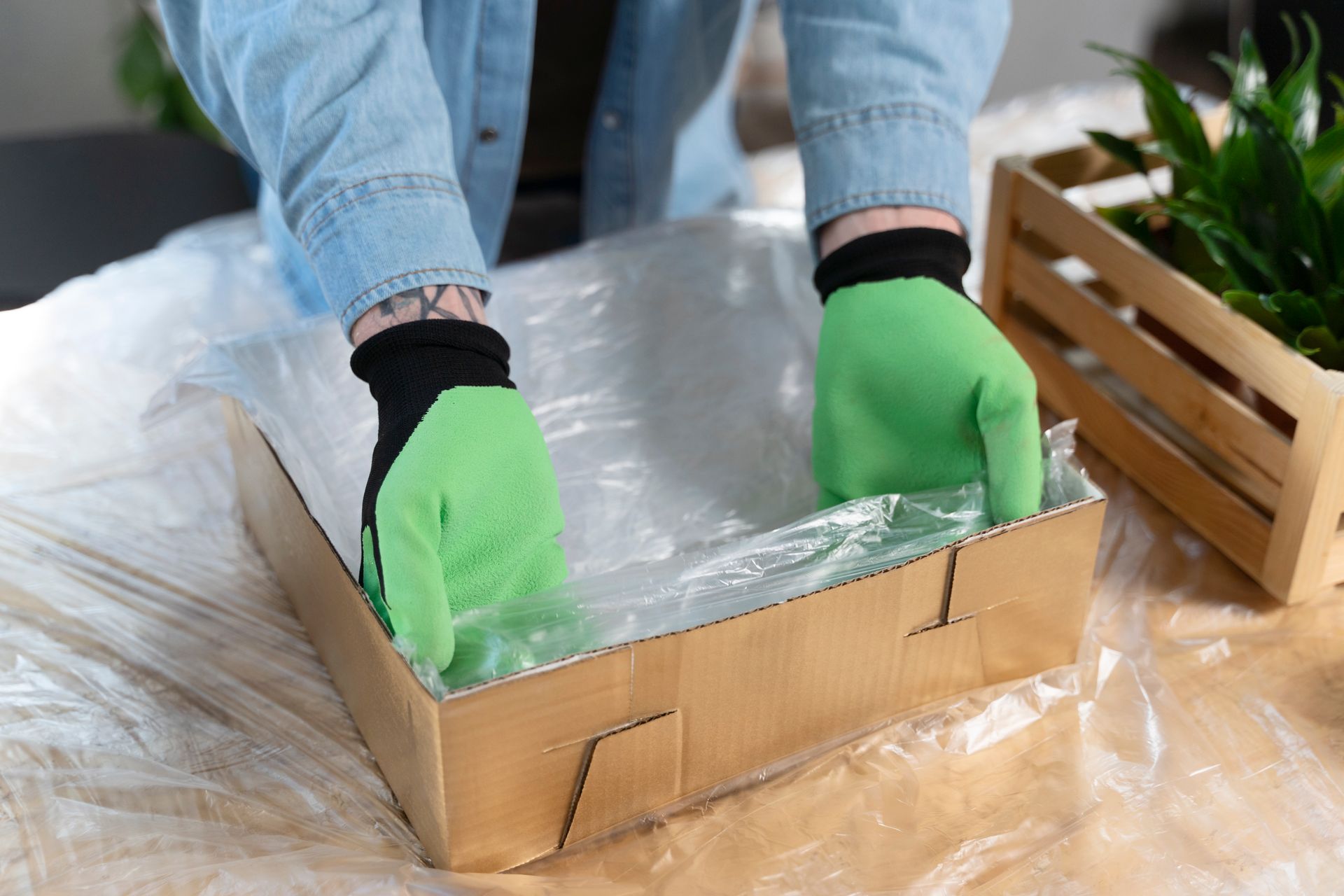





Share On: